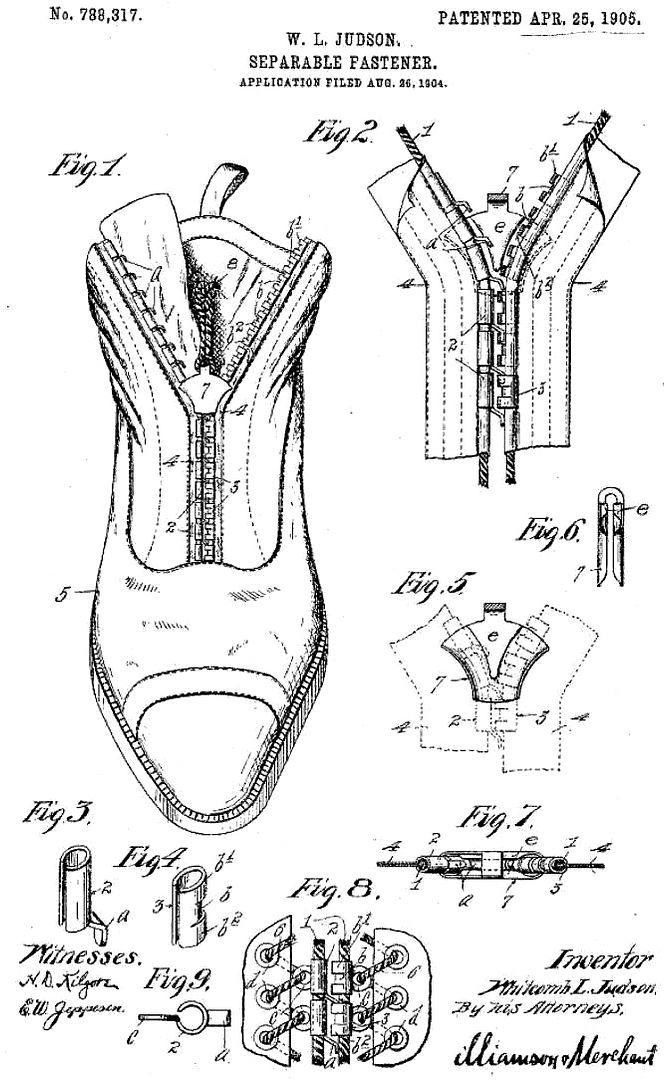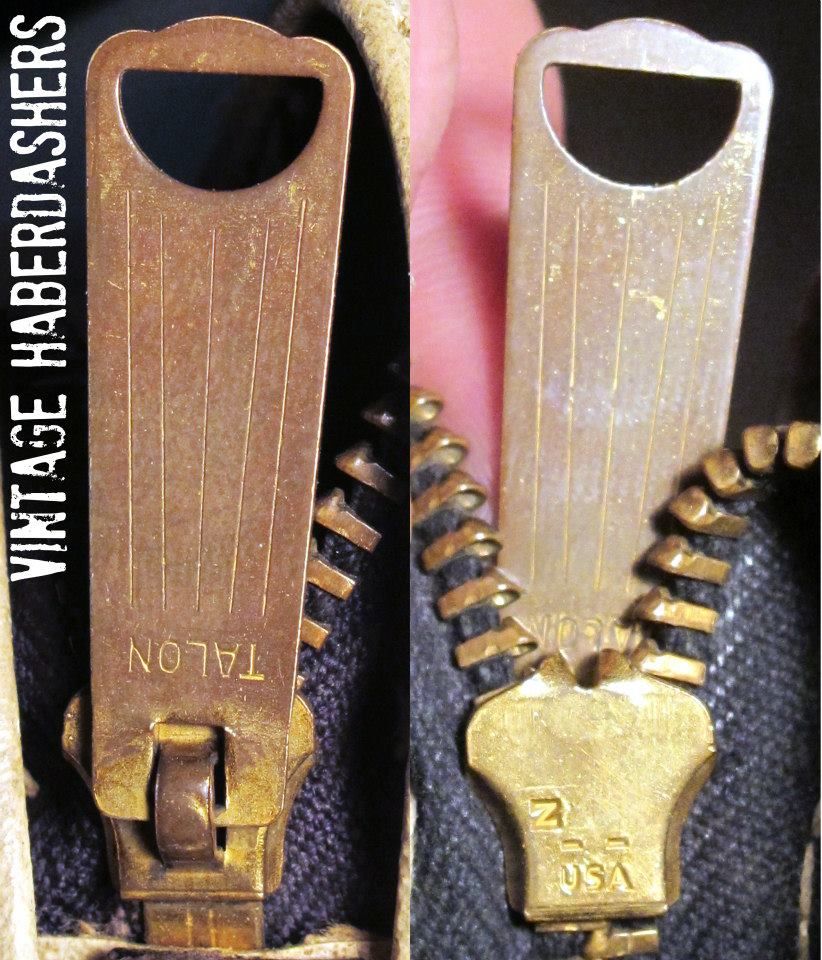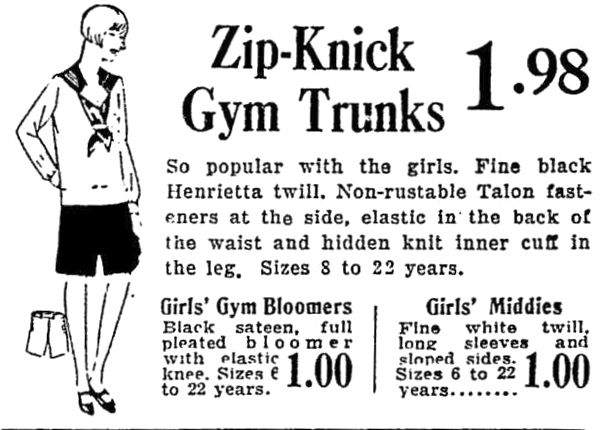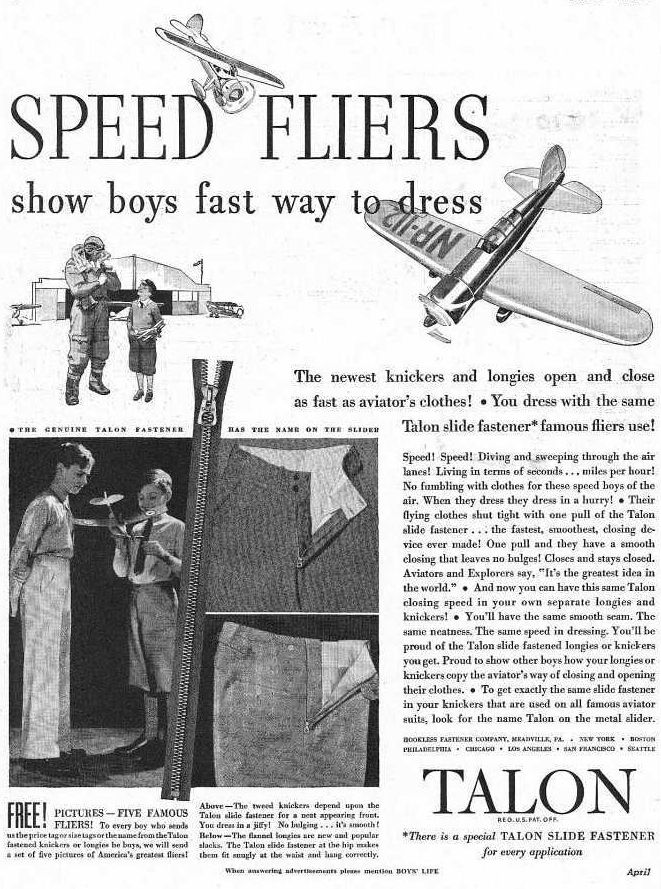- Messages
- 10,558
- Location
- Bozeman, MT
Below you can read news stories on the birth and history of the zipper, told over the years. While the basic story is consistent from one to the next, they all manage to add their own embellishments to make their word count. Depending on the source and the opinion of the author, the zipper was invented in 1891, 1893, 1912 or 1913. There were news stories celebrating the 100th anniversary of the zipper in 1991. Just last month, there was another batch of 100 years of the zipper stories. The earlier the news story is, the more likely it is to credit Hookless/Talon as the inventor of the zipper. More modern stories give all the credit to Gideon Sundback, ignoring the role of Col. Lewis Walker, or of Whitcomb .L. Judson. As each history of the zipper published in newspapers (and later online) seems to draw most of their information from previous news stories on the same topic, and not on any new research, I'm just going to transcribe some of the more detailed accounts for you to read.
C-Curity - Introduced in 1905
Recognizable as a zipper, but was difficult to use and had a tendency to pop open
Plako - Introduced 1908
Improved from the C-Curity, but had a number of problems of its own.
C-Curity - Introduced in 1905
Recognizable as a zipper, but was difficult to use and had a tendency to pop open
Plako - Introduced 1908
Improved from the C-Curity, but had a number of problems of its own.
Last edited:








































